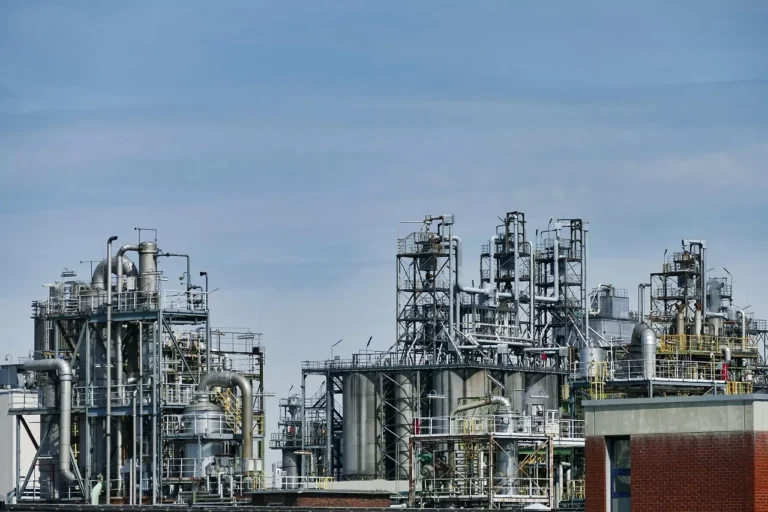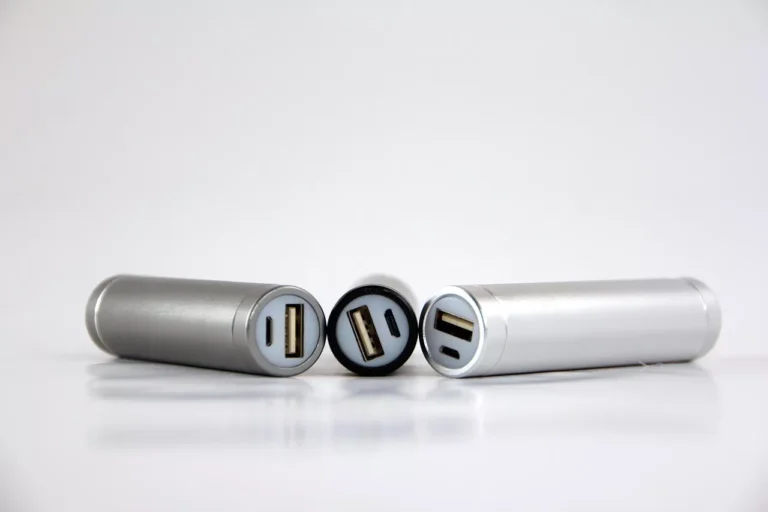
Curtiss-Wright Forms Strategic Alliance with Rolls-Royce SMR to Supply Safety Systems for Next-Generation Nuclear Reactors
Curtiss-Wright Corporation (NYSE: CW) has officially announced a major strategic partnership through its UK-based Curtiss-Wright Nuclear business, formerly known as Ultra Energy. This multi-million-dollar agreement, signed with Rolls-Royce SMR, aims to supply essential safety technology for Rolls-Royce’s pioneering Small Modular Reactor (SMR) program, marking a significant advancement in the future of nuclear energy in the UK and globally.
Under the terms of the agreement, Curtiss-Wright will be responsible for the comprehensive design, qualification, testing, and delivery of non-programmable diverse Reactor Protection Systems (RPS) for the entire international fleet of Rolls-Royce SMRs. These safety systems are critical to the operation of nuclear reactors, providing an independent mechanism to safely shut down reactors during abnormal conditions.
Reinforcing Nuclear Safety Through Proven Technology
Reactor Protection Systems play a pivotal role in ensuring the safety of nuclear power plants. The specific systems Curtiss-Wright will deliver are categorized as “non-programmable diverse” systems. These designs are intentionally simple and robust, relying on hardwired electronic components without the use of software, microprocessors, or programmable elements. This architecture significantly reduces cybersecurity risks and increases the system’s reliability in extreme or unexpected events.
Unlike programmable digital systems that depend on software to operate, these non-programmable safety systems use analog and hardwired logic, offering a time-tested, deterministic response to predefined fault scenarios. This makes them a trusted layer of defense within the broader safety infrastructure of SMRs.
A Local Effort with Global Implications
The majority of the work under this partnership will be executed at Curtiss-Wright Nuclear’s specialized facility in Dorset, United Kingdom. This choice of location not only leverages local expertise but also contributes directly to the UK’s regional economic development. By channeling high-value manufacturing and engineering work into the Dorset site, the agreement supports job creation, skills development, and long-term investment in the local nuclear supply chain.
“We have a strong UK-based team focused on supporting this partnership, and we’re all excited to be part of the Rolls-Royce SMR story,” said Ognjen Starovic, General Manager of Curtiss-Wright Nuclear. “We take great pride in helping to deliver a British SMR, as well as providing our people with new career opportunities and creating long-term job growth in the region.”
This partnership also represents a broader strategic alignment with the UK government’s goals of building a sustainable and globally competitive nuclear sector. It dovetails with national ambitions to reduce carbon emissions, strengthen energy security, and position the UK as a leader in clean energy technologies.
Rolls-Royce SMR: A Transformational Step in UK Nuclear Power

The Rolls-Royce SMR initiative is widely considered a transformative step in the modernization and decarbonization of the UK’s energy infrastructure. The SMR program envisions the deployment of compact, modular nuclear reactors, factory-built using standardized components, and transported to sites for final assembly. This approach contrasts sharply with traditional, large-scale nuclear plants that require complex on-site construction over many years.
Each Rolls-Royce SMR will be capable of delivering up to 470MW of low-carbon electricity—enough to power approximately one million homes. With an expected operational lifespan of over 60 years, the SMRs are engineered for reliability, affordability, and scalability. The modular construction methodology aims to cut costs and shorten deployment timelines significantly, potentially accelerating the UK’s pathway to achieving net-zero emissions.
Ruth Todd, Operations & Supply Chain Director at Rolls-Royce SMR, emphasized the strategic importance of this collaboration: “We are delighted to begin this important and enduring partnership with Curtiss-Wright. Securing industry-leading expertise will further de-risk our programme by underpinning a critical element of the design.”
Accelerating Deployment: Progress in the UK and International Markets
The SMR initiative has gained significant momentum both domestically and abroad. In October 2024, Czech utility CEZ selected Rolls-Royce SMR to explore the deployment of up to 3 gigawatts (GW) of nuclear capacity in the Czech Republic. The agreement signals growing international interest in SMRs as a versatile, reliable, and low-emissions energy source.
More recently, in July 2025, Rolls-Royce SMR was designated as the preferred bidder by Great British Energy – Nuclear to deliver the UK’s first fleet of SMRs. This milestone underscores the British government’s confidence in the SMR program as a cornerstone of its future energy strategy.
Rolls-Royce SMR is currently advancing through the final stage of the Generic Design Assessment (GDA) process, led by the UK’s independent nuclear regulators. This rigorous evaluation is a prerequisite for any nuclear project to proceed to construction and operation in the UK. Among all SMR designs in Europe, Rolls-Royce SMR is the most advanced in the regulatory process, positioning the company to be the first to deliver licensed SMRs on the continent.
Enabling a Resilient and Skilled Nuclear Workforce
The Curtiss-Wright–Rolls-Royce SMR partnership is about more than technology—it’s also about cultivating talent and capability within the nuclear sector. The agreement is expected to lead to the expansion of high-skilled engineering roles, particularly in reactor safety and control systems.
By anchoring such work in the UK, the project contributes to the development of a domestic workforce that is prepared to support a growing nuclear fleet. It aligns with national efforts to bolster Science, Technology, Engineering, and Mathematics (STEM) education and careers.
Curtiss-Wright’s engagement with Rolls-Royce SMR is a tangible example of how industrial partnerships can spur innovation while strengthening economic resilience and energy sovereignty.










